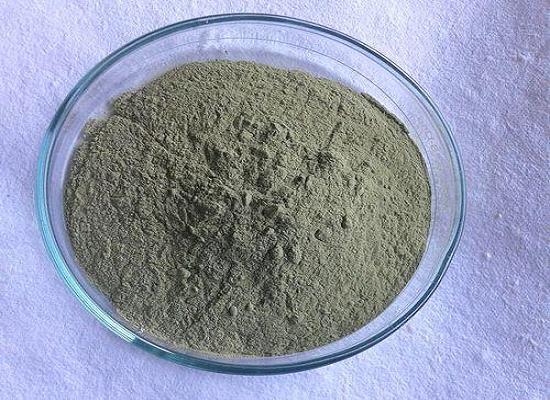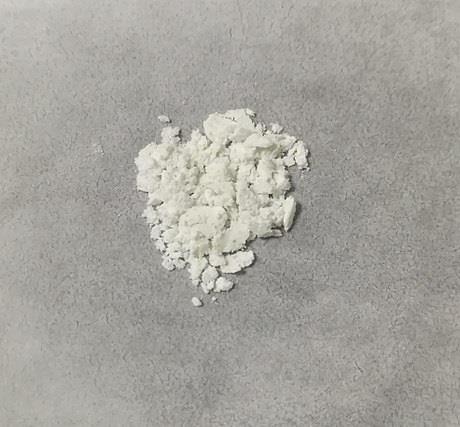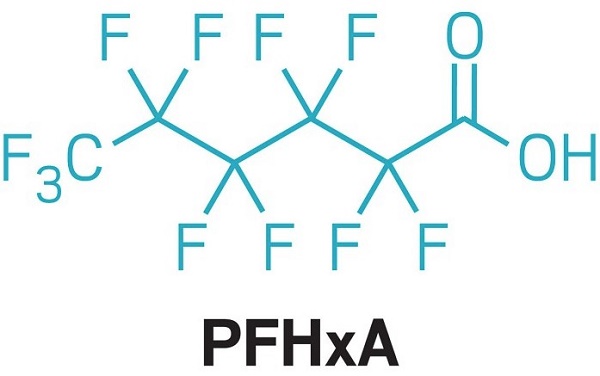Cuprous bromide: properties, applications and toxicity
General Description
Cuprous bromide is a white solid compound that turns green in light. It has a molar mass of 143.45 g/mol, zinc blende structure, and a melting point of around 504°C. It is sparingly soluble in water but more soluble in concentrated hydrobromic acid. Cuprous bromide is a mild oxidizing agent, used as a catalyst in organic reactions like the Sandmeyer reaction. It finds applications in polymerization, serving as a catalyst to speed up reaction rates in plastics production. Additionally, it is employed in organic synthesis, including the pharmaceutical industry, due to its ability to enhance efficiency and yield. However, Cuprous bromide is toxic and can cause liver damage, kidney toxicity, methemoglobinemia, and hemolytic anemia. Emergency treatment protocols include respiratory support, irrigation, administration of activated charcoal, and decontamination.
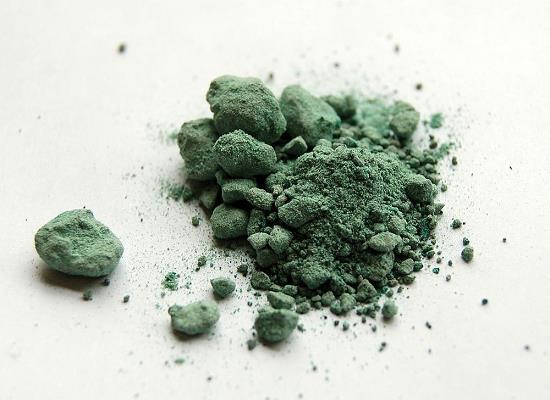
Figure 1. Cuprous bromide
Properties
Cuprous bromide is a white solid compound that turns green upon exposure to light. It has a molar mass of 143.45 g/mol and crystallizes in a zinc blende structure. This compound is sparingly soluble in water, with a solubility of approximately 0.6 g/L at 20°C, but it is more soluble in concentrated hydrobromic acid due to the formation of complex ions. Cuprous bromide's melting point is around 504°C, and it decomposes before boiling. In terms of its chemical reactivity, CuBr is a mild oxidizing agent and can be reduced to copper metal. It also serves as a catalyst in organic reactions such as the Sandmeyer reaction, where it facilitates the substitution of aromatic amine groups with bromine atoms. Additionally, cuprous bromide is used in photographic processing as an intensifier and in the manufacturing of halogenated flame retardants due to its bromine content. 1
Applications
Cuprous bromide is a versatile chemical compound that serves as a catalyst in various industrial and chemical processes. One of its primary applications is in the field of polymerization, where it acts as a catalyst to speed up the reaction rates of monomers combining to form polymers. This is particularly useful in the production of plastics and other synthetic materials, where control over the polymerization process is crucial for achieving desired material properties. In addition to its role in polymerization, cuprous bromide is also employed as a catalyst for a range of organic reactions. It facilitates various chemical transformations by providing an efficient pathway for the reaction to proceed, often leading to higher yields and cleaner products. This makes it a valuable tool in organic synthesis, including the pharmaceutical industry, where it can be used to create complex organic compounds and active pharmaceutical ingredients. The dual functionality of cuprous bromide, being effective in both polymerization and as a general catalyst for organic reactions, underscores its importance in the chemical industry. Its ability to enhance reaction efficiency and specificity has made it a staple in laboratories and manufacturing processes that require precise control over chemical reactions. 2
Toxicity
Cuprous bromide is known to exhibit various toxicological effects in occupational settings. It has been identified as an occupational hepatotoxin, meaning it has the potential to cause liver damage upon exposure. This classification is based on documented cases of poisoning through ingestion in humans and from animal studies. Additionally, cuprous bromide presents a risk of nephrotoxicity, indicating that it can be harmful to the kidneys when individuals are exposed to it at work. Exposure to cuprous bromide can also lead to methemoglobinemia, a condition characterized by elevated levels of methemoglobin in the blood, which affects the ability of red blood cells to carry oxygen efficiently. This compound is associated with hemolytic anemia as well, a disorder where there is a reduction in hemoglobin levels or red blood cell count, impairing the transport of oxygen throughout the body. In case of exposure, emergency treatment protocols suggest establishing a clear airway and providing respiratory support if needed, including the administration of oxygen. For eye contamination, immediate irrigation with water followed by continuous flushing with normal saline is recommended. It is advised not to induce vomiting if ingested; instead, rinsing the mouth and diluting with water is preferred, along with the administration of activated charcoal to bind the toxin. For advanced care, intubation may be necessary for unconscious patients, and intravenous fluids should be administered with caution to manage hypotension and prevent fluid overload. Vasopressors may be considered if there is hypotension with normal fluid volume. Furthermore, cuprous bromide is an irritant to the skin, eyes, and upper respiratory tract, necessitating immediate decontamination and medical attention upon exposure. 3
Reference
1. Copper(I) bromide. National Center for Biotechnology Information, 2023, PubChem Compound Summary for CID 24593.
2. Copper(I) bromide. Haz-Map, Information on Hazardous Chemicals and Occupational Diseases, 8054.
3. COPPER(I) BROMIDE. Hazardous Substances Data Bank, Hazardous Substances DataBank Number: 270.
Related articles And Qustion
See also
Lastest Price from Cuprous bromide manufacturers

US $100.00-80.00/KG2025-07-08
- CAS:
- 7787-70-4
- Min. Order:
- 1KG
- Purity:
- 99%
- Supply Ability:
- 10000000
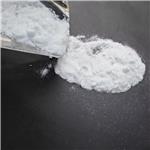
US $10.00/KG2025-04-21
- CAS:
- 7787-70-4
- Min. Order:
- 1KG
- Purity:
- 99%
- Supply Ability:
- 10 mt


